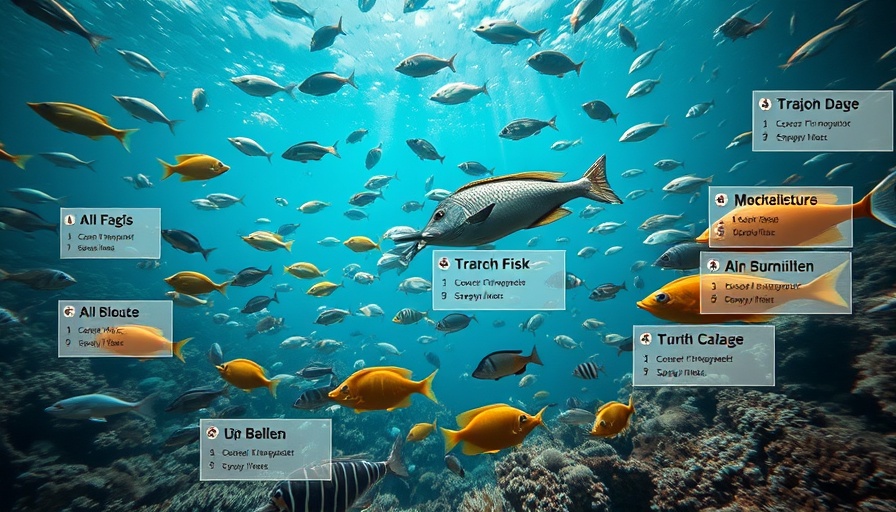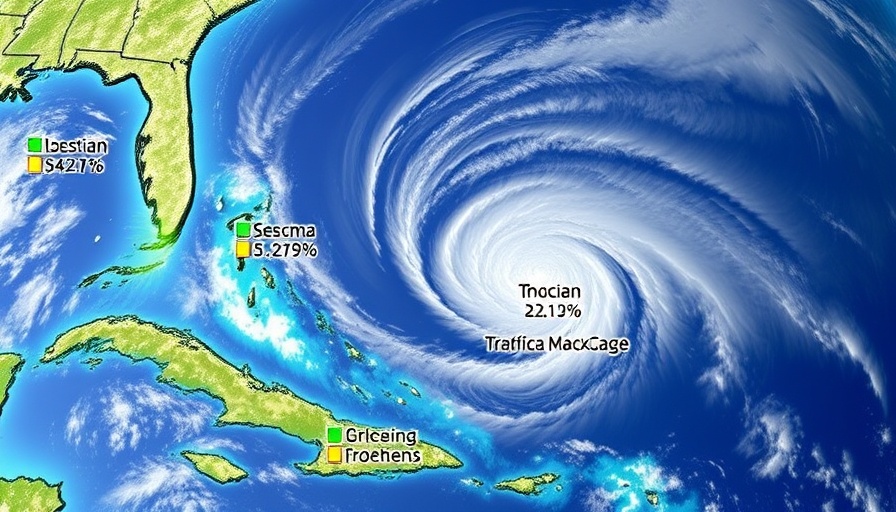
Innovative Tech Set to Transform Gulf of America Monitoring
The Gulf of America teems with marine life and diverse ecosystems, vital not only to local economies but also to global biodiversity. This intricate ecosystem faces both natural and human-induced challenges, from climate change to pollution. Now, thanks to the NOAA RESTORE Science Program's adoption of cutting-edge technologies, the promise of improved ecosystem monitoring and management is on the horizon.
Artificial Intelligence Revolutionizing Marine Research
At the heart of these advancements is the integration of artificial intelligence (AI), which allows researchers to analyze vast amounts of data swiftly and accurately. The Gulf Fishery Independent Survey of Habitat and Ecosystem Resources, known as G-FISHER, spearheaded by Ted Switzer at Florida's Fish and Wildlife Research Institute, exemplifies these innovations. Through AI-driven methods, G-FISHER effectively monitors fish populations in the Gulf, enabling researchers to assess changes in fish communities and habitats with unprecedented speed and accuracy.
A Deep Dive into Machine Learning and Genetic Sampling
Complementing G-FISHER is a pioneering project led by Ryan Takeshita at the National Marine Mammal Foundation, which employs machine learning alongside genetic sampling techniques to evaluate dolphin health. By analyzing the DNA of these majestic creatures, researchers gain valuable insights into their well-being and the broader health of marine ecosystems. This data not only helps in monitoring dolphin populations but also contributes to strategic conservation efforts.
Applications of Underwater Surveillance Technologies
Critical to these projects is the use of innovative software such as Video and Image Analytics for a Marine Environment (VIAME). This system enables the identification and counting of over 150 species of reef fish from underwater footage, significantly enhancing the consistency and reliability of species data collection in the Gulf of America. With hundreds of survey locations, VIAME accelerates the analysis process, providing vital statistics on fish abundance that inform effective resource management strategies.
Collaborative Efforts Fueling Ecological Restoration
The integration of aerial drones, underwater submersibles, and satellite tagging also plays a key role in the program. These technologies, used in tandem with genetic analysis, open up unprecedented avenues for ecological restoration and long-term sustainability strategies. Not only do they facilitate real-time monitoring, but they also empower scientists, policymakers, and conservationists to make informed decisions based on precise, data-driven insights.
Looking Ahead: The Future of Marine Monitoring
As we look to the future, the role of technology in environmental monitoring will only grow. The initiatives stemming from NOAA's RESTORE Science Program exemplify how innovative tools can drive effective ecosystem management strategies that respond proactively to changes. The collective insights from these projects aim to protect the delicate balance of the Gulf’s ecosystems, proving that through technology and collaboration, we can take significant strides in marine conservation efforts.
Through these advancements, the potential to enhance marine management and conservation efforts demonstrates a powerful commitment to preserving the Gulf of America's rich biodiversity for generations to come.
 Add Row
Add Row  Add
Add 




Write A Comment